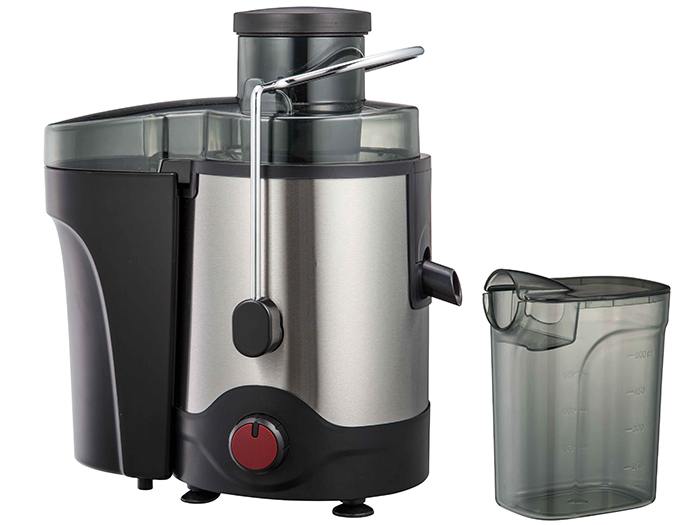High power LED package
High-power LED package has been a research hotspot in recent years due to its complicated structure and process, and directly affects the performance and life of LED. Especially, high-power white LED package is a hot spot in research. The choice of LED packaging methods, materials, structures, and processes is primarily determined by factors such as chip structure, optoelectronic/mechanical characteristics, specific applications, and cost. After more than 40 years of development, LED packaging has experienced the development stages of stent (LampLED), SMD (SMDLED), and power LED (PowerLED). With the increase of chip power, especially the development of solid-state lighting technology, new and higher requirements are put forward for the optical, thermal, electrical and mechanical structures of LED packages. In order to effectively improve the light extraction efficiency, a new technical idea must be adopted for the package design.
The role of phosphors in LED packaging is to combine light and color to form white light. Its characteristics mainly include particle size, shape, luminous efficiency, conversion efficiency, stability (heat and chemistry), etc., among which luminous efficiency and conversion efficiency are key. Studies have shown that as the temperature rises, the quantum efficiency of the phosphor decreases, the light emission decreases, and the radiation wavelength also changes, which causes the color temperature and chromaticity of the white LED to change, and the higher temperature accelerates the aging of the phosphor. The reason is that the phosphor coating is prepared by epoxy or silica gel and phosphor, and the heat dissipation performance is poor. When subjected to ultraviolet light or ultraviolet light, temperature quenching and aging are liable to occur, and the luminous efficiency is lowered. In addition, the thermal stability of potting and phosphors at high temperatures is also problematic. Since the common phosphor size is above 1 um, the refractive index is greater than or equal to 1.85, and the refractive index of the silica gel is generally about 1.5. Due to the mismatch in refractive index between the two, and the phosphor particle size is much larger than the light scattering limit (30 nm), light scattering exists on the surface of the phosphor particles, which reduces the light extraction efficiency. By incorporating nano-phosphor in silica gel, the refractive index can be increased to above 1.8, the light scattering can be reduced, the LED light-emitting efficiency can be improved (10%-20%), and the light color quality can be effectively improved. Or use matching light diffusion powder to improve LED light extraction efficiency.
SWHPTM series is made of organic resin, spherical white powder, high refractive index, heat resistance up to 270 degrees, good acid and alkali resistance; suitable for high power LED internal packaging, can be mixed with phosphor coating to improve coating penetration Light rate, increase luminous flux, reduce light attenuation!
The SWHPTM series of diffusion powders have a spherical white powder and are made of Benzoguanamine silicate with a refractive index of 1.58-1.60.
List of related model parameters:
Mainly used in high-power LED package (silica gel or epoxy resin) phosphor coating, the general addition amount is 1-2%.
Applications:
Taking white LED as an example, the refractive index of the chip is about 2-4. For example, GaN (n = 2.5) and GaP (n = 3.45) are much higher than the refractive index of epoxy resin or silicone resin encapsulant (n = 1.40~1.53). If the difference in refractive index is too large, total reflection occurs, and the light is reflected back inside the chip and cannot be effectively exported. Therefore, increasing the refractive index of the package material can reduce the occurrence of total reflection.
Taking a white LED component of a blue chip/yellow YAG phosphor as an example, a blue LED chip has a refractive index of 2.5, and when the refractive index of the package material is raised from 1.5 to 1.7, the light extraction efficiency is improved by nearly 30%; therefore, the package is improved. A method in which the refractive index of the material reduces the refractive index difference between the chip and the encapsulating material to achieve an improved light-emitting efficiency is feasible.
In general, in order to improve the light-emitting efficiency and reliability of LEDs, the encapsulant layer has a tendency to be gradually replaced by high-refractive-index transparent glass or glass-ceramics, and the phosphor is not only improved by being doped or externally coated on the glass surface. The uniformity of the phosphor and the increase in packaging efficiency. In addition, reducing the number of optical interfaces in the direction in which the LEDs are emitted is also an effective measure to improve the light extraction efficiency.
Juicers are machines that can quickly squeeze fruit and vegetable into juices. Juicers including Power Juicers, Slow Juicers and citrus juiers. The working principle of the juicer is to start the machine so that the motor drives the knife net to rotate at a high speed, pushing the fruits and vegetables from the feeding port to the knife net, and the spike of the knife net will cut the fruit and vegetables. Under the action of the centrifugal force, juicer produced by the high speed operation of the knife net, the pomace flies out of the knife net into the slag box, and the juice penetrates the knife net into the juice cup.

Juicers
Juicer Machine,Slow Juicer,Juice Extractor,Electric Juicers
Flying Electronic Co., Ltd , http://www.flyingelectronic.com